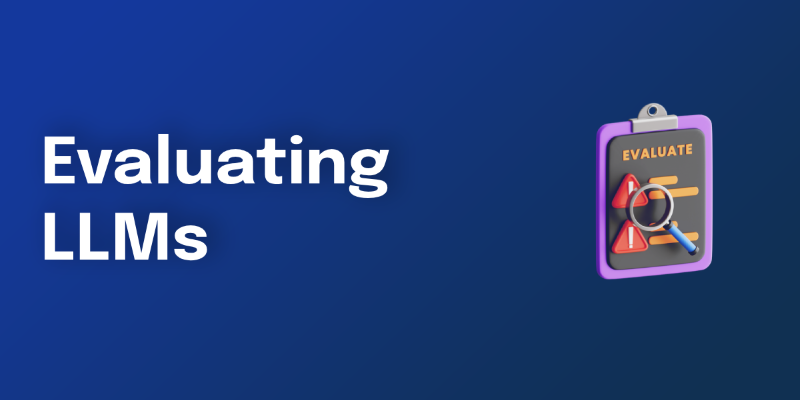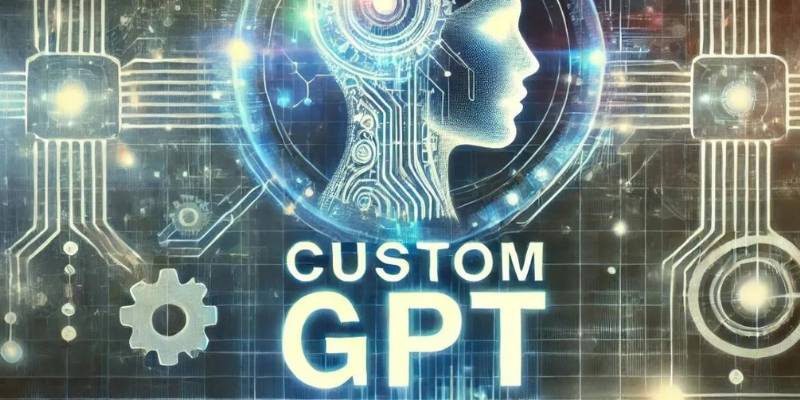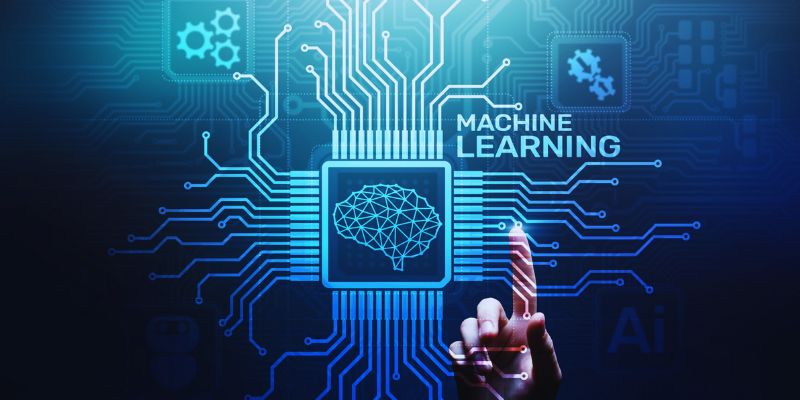Advertisement
Customer expectations in the hectic world of today are higher than ever. Consumers seek individualized care and quick answers. It puts pressure on CX vendors to improve and personalize their offerings. Automated speech recognition (ASR) is among the most exciting developments in this field. ASR technology lets companies fast and precisely turn spoken language into text.
For CX providers, this technology is transforming everything. It can improve client contacts, hasten service delivery, and open more effective lines of communication. Including ASR in their processes would help CX providers provide better experiences for agents and consumers. This article investigates how ASR technology helps CX providers have a competitive edge in providing first-rate customer service.

Below are the key ways ASR technology boosts customer service for CX vendors:
Improving consumer and agent communication depends on ASR technology. It enables text to be created in real-time from spoken words. This approach helps agents to grasp and meet consumer needs. Companies can cut call times, clear ambiguities, and improve customer contact quality by using ASR. Customers no longer have to repeat themselves, speeding up and smoothing a conversation. It raises consumer happiness first and then enhances the whole experience.
Automated speech recognition gives CX suppliers insightful consumer behavior and preference data. By examining consumer interactions, ASR technology can find trends, questions, and frequent problems. This data guides companies in enhancing their goods and services in response to consumer comments. For example, if many consumers find it important, CX providers can handle inquiries regarding a certain feature in the next updates. ASR also aids with sentiment analysis, which lets businesses know how consumers see their experiences. Through this data-driven strategy, CX providers enable themselves to make wise decisions to improve their products.
Through automation of repetitive tasks, ASR lessens the demand for human labor. For CX vendors, this results in notable cost savings. For instance, automatic speech transcription can manage many client contacts without calling for more employees. Agents can thus concentrate on more difficult problems needing human assistance. ASR can also automatically route calls to the most suitable agents depending on keywords or client intent, streamlining the procedure. ASR helps CX suppliers to increase their operational profitability and efficiency as well.
ASR's application can result in more customized and interesting client contacts. CX providers can learn more during the interaction with speech recognition technologies. It lets agents offer more customized ideas and recommendations. For instance, when consumers specify a product they are interested in, the system can automatically gather pertinent data and propose like products. Increased client loyalty and improved conversion rates can follow from this degree of personalizing. Customers thus feel more valuable, which improves their bond with the company.

Automated speech recognition improves consumer self-service choices as well. Many businesses these days provide voice-activated virtual assistants or chatbots driven by ASR technology. These technologies enable consumers to address typical problems without involving a live representative. Customers might use voice commands to check their account balance, place an order, or get responses to often-requested inquiries. By allowing these self-service systems to grasp a broad spectrum of spoken commands, ASR helps them to become more effective. Faster responses help customers, and CX providers may help ease the workload on their customer support personnel.
Making customer assistance more easily available depends on ASR technology in great part. It allows businesses to support customers who prefer text or have hearing impairments. CX providers can offer easily available assistance to a larger audience by real-time speech conversion to text. It improves companies' standing for inclusiveness and helps them meet various consumer needs. ASR technology can also support many languages, enabling companies to offer multilingual customer service and removing linguistic barriers.
Better monitoring and quality control enabled by ASR help CX providers raise the caliber of their customer care. By transcribing and analyzing calls, ASR systems let managers review interactions for correctness and efficiency. It points out where agents could require further instruction or procedures might be strengthened. Constant client contact monitoring helps businesses ensure their agents satisfy performance criteria. It ensures consistent services and enables companies to maintain high client satisfaction.
Quickness is vital to customer service. By automatically transcribing calls and real-time recording of important data, ASR technology ensures speedier response times. Agents can focus on solving problems instead of taking notes during the conversation. ASR ensures that the proper agent gets the correct call faster by automating call categorization and transcribing. Consumers won't have to wait on hold as long, and their problems will be fixed faster.
Consumers today engage with brands via several outlets. ASR can be combined on several platforms—phone conversations, emails, and social media—to provide a seamless customer experience. It lets CX providers maximize their omnichannel capability by offering constant, real-time help. ASR technology lets businesses assist at several touchpoints in voice calls, chatbots, and virtual assistants. This integration ensures that clients may contact for help most practically.
Business needs for customer service evolve along with their size. By managing growing call volumes without calling for major extra resources, ASR technology offers scalability. It is especially important for CX providers looking to scale or handle seasonal demand. By automatically scaling to manage additional calls and interactions, ASR systems help ensure customer service stays effective even during busy times. This scalability ensures that CX providers can maintain high-quality standards as their companies expand.
Automated speech recognition is one very effective technology that gives CX providers a competitive edge. It lowers expenses, sharpens consumer insight, and improves communication. ASR enables companies to deliver better service by streamlining processes and increasing personalization. Moreover, it ensures quality control and helps scalability, making it a necessary technology for every customer-centric company. CX providers must use ASR to keep ahead of the competition and provide outstanding service at every point of contact as customer expectations keep growing.
Advertisement

Looking for a reliable AI essay writer in 2025? Explore the top 10 tools that help generate, structure, and polish essays—perfect for students and professionals

How to translate your audio using Rask AI to create multilingual voiceovers and subtitles with ease. Discover how this AI tool helps globalize your content fast

How Oppo’s Air Glass 3 XR brings AI-powered VR glasses to everyday life with smart features, sleek design, and seamless usability in real-world settings

Understand the differences between General AI and Narrow AI, concentrating on adaptability, tasks, and real-world applications

How to handle NZEC (Non-Zero Exit Code) errors in Python with be-ginner-friendly steps and clear examples. Solve common runtime issues with ease

Learn how to build a GPT Tokenizer from scratch using Byte Pair Encoding. This guide covers each step, helping you understand how GPT processes language and prepares text for AI models

In this article, we talk about the types of neural networks. CNN vs RNN vs ANN, and how are they all different.

Need to test or run Python code without installing anything? These 12 online platforms let you code in Python directly from your browser—ideal for scripts, demos, or full projects

What if you could measure LLM accuracy without endless manual checks? Explore how LangChain automates evaluation to keep large language models in check

Learn how to build Custom GPTs using this step-by-step guide—perfect for developers, businesses, and AI enthusiasts alike.

Discover machine learning model limitations driven by data demands. Explore data challenges and high-quality training data needs

Collaborative robots, factory in a box, custom manufacturing, and digital twin technology are the areas where AI is being used